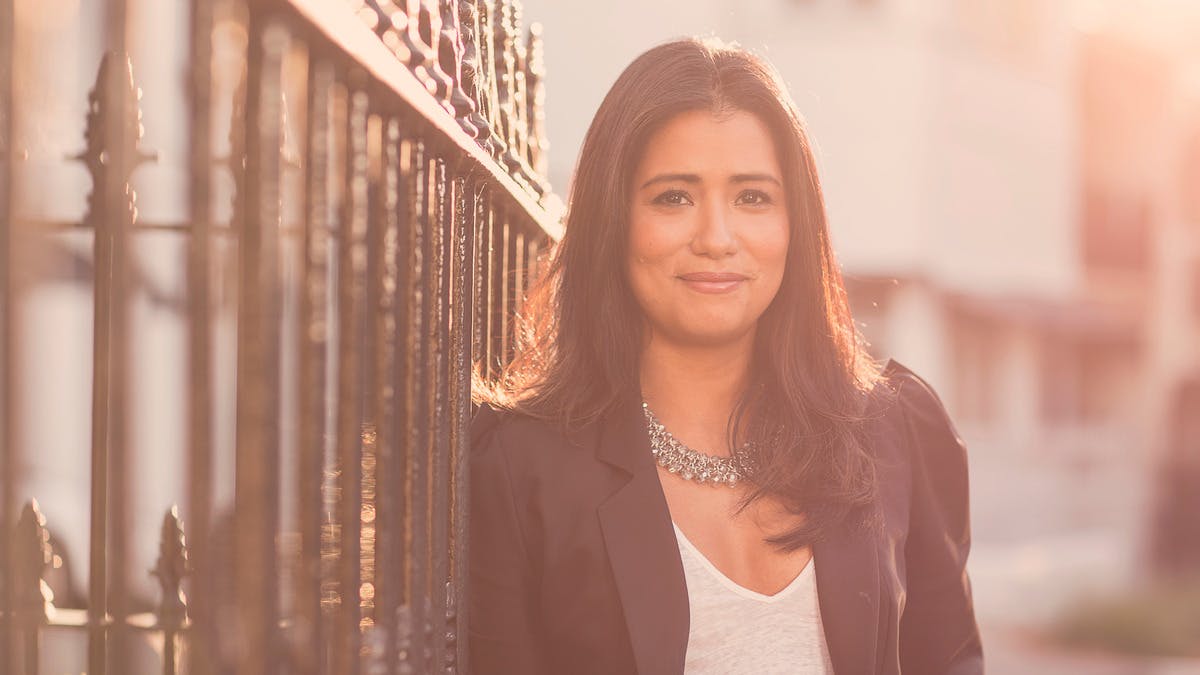As we strive towards a more diverse and inclusive society, business leaders are also shifting their collective attention to diversity in the workplace.
There’s lots of talk about creating room at the business table for underserved communities. And while this is true, it’s this kind of approach to diversity, equity, inclusion and belonging that kills the movement altogether.
Roughly one in five people worldwide are neurodivergent — a term for people with variations in cognitive functions such as dyslexia, ADHD and autism — including myself. Given the statistics, odds are there are neurodiverse people within your workplace right now. So, it’s time to level the playing field to create workplace cultures that have equal opportunity and access for both success and joy for every person — regardless of where they sit on the spectrum of intersectionality — to both exist and thrive within.
Here’s how you can create a workplace whereby everyone has equal access.
Universal design approach
I always talk about universal design through the lens of a dinner party — everyone is offered steak and vegetables, but the vegetarians are only served vegetables. If you’re a vegetarian, you can’t help but think that everyone else is being offered a better, heartier meal. Instead, universal design means setting different food options on the table and letting guests choose what they want. This creates equal access for everyone at the party. The same goes for our workplaces.
Creating a sense of inclusion and belonging means thinking about the people often overlooked and serving them. At the end of the day, what is serving for a woman who’s a person of colour and also a single mum will also likely best serve their male counterparts. Likewise, what’s best for a neurodiverse person will also have benefits for all communities in your workforce.
At Sendle, when we design our employee programs we consider how it will benefit people in our team who may be at different stages of their life or career. Then we ask ourselves, is this approach fair to people who can’t travel? Is this program fair to people who have small children or parents who need care? Is this strategy fair for people living with a disability or long-term health needs? That’s how we evaluate the equality of our employee programs — and how rethinking universal design can build inclusive workplaces.
Building a culture of vulnerability and connection
I like to look at vulnerability and connection as a sandwich — something that can (and should) be done on both ends. I’m a big believer in leading by example,which is why I talk about my dyslexia all the time when I’m at work so it becomes normalised, and so that other Sendlers know about it. Being open about my dyslexia helps my teams in planning and also reinforces the way we manage compassionate and inclusive language in the workplace.
Language is the architecture for culture, so to foster an environment where vulnerability and connection can grow, we need to train teams on microaggressions, ableism and inclusive speech. At Sendle, we’re rolling out a forum for managers to share tools and strategies to call out microaggressions and ableism at work.
Intentionally and proactively monitoring the employee experience sentiment in the community provides a window into how people are talking to each other, and how inclusive the culture feels. Scouting internal communication platforms to see how people are interacting with each other and the type of language that’s being used, as well as asking for feedback in employee engagement surveys, creates a clear picture of DE&I sentiment.
When it comes to inclusivity, the goal isn’t to police language. I’d always rather have an imperfect ally than no ally at all. Instead, it’s about educating about inclusive dialogue and, together, learning and walking the path forward.
Creating space for people to state their best ways of working
Remember the age old saying “you don’t know until you ask”? The same goes for creating ways of working.
In my interview process at Sendle, our CEO asked “what do you find difficult that we’ll need to design around?” This seemingly simple question is one of the best examples of nurturing the individual experiences and needs of each person in your workforce. It made me feel comfortable, and it didn’t make me feel that I had a weakness which needed to be solved for. For me, it’s numbers. But every different person you ask this question will have a totally different answer, which is why it’s so important that you ask.
Nurturing a neurodiverse community
We’re a hybrid team, so our Slack community allows Sendlers from all over the world to connect and foster a sense of belonging.
At Sendle, we have a “neurodiversity” channel on Slack. It’s a casual chat where we share advice, funny anecdotes and news articles among others. A colleague recently shared an article about an office chair that’s designed to be configured in multiple different ways and is touted to be helpful for neurodiverse people — I’m sure lots of the Sendlers in the channel would be considering using their working from home allowance on this!
Anecdotally, I know that neurodiverse people really benefit from Sendle’s working from home allowance because they know what accommodations they need based on their needs. For example, I recently discovered that I work better with Kindles than iPads because I’m able to focus more without the notifications.
Going back to the point I made earlier about universal design — while we know neurodiverse people benefit from the work-from-home allowance, we also know that our whole team benefits from the work-from-home allowance by equal measure.
Keep up to date with our stories on LinkedIn, Twitter, Facebook and Instagram.

